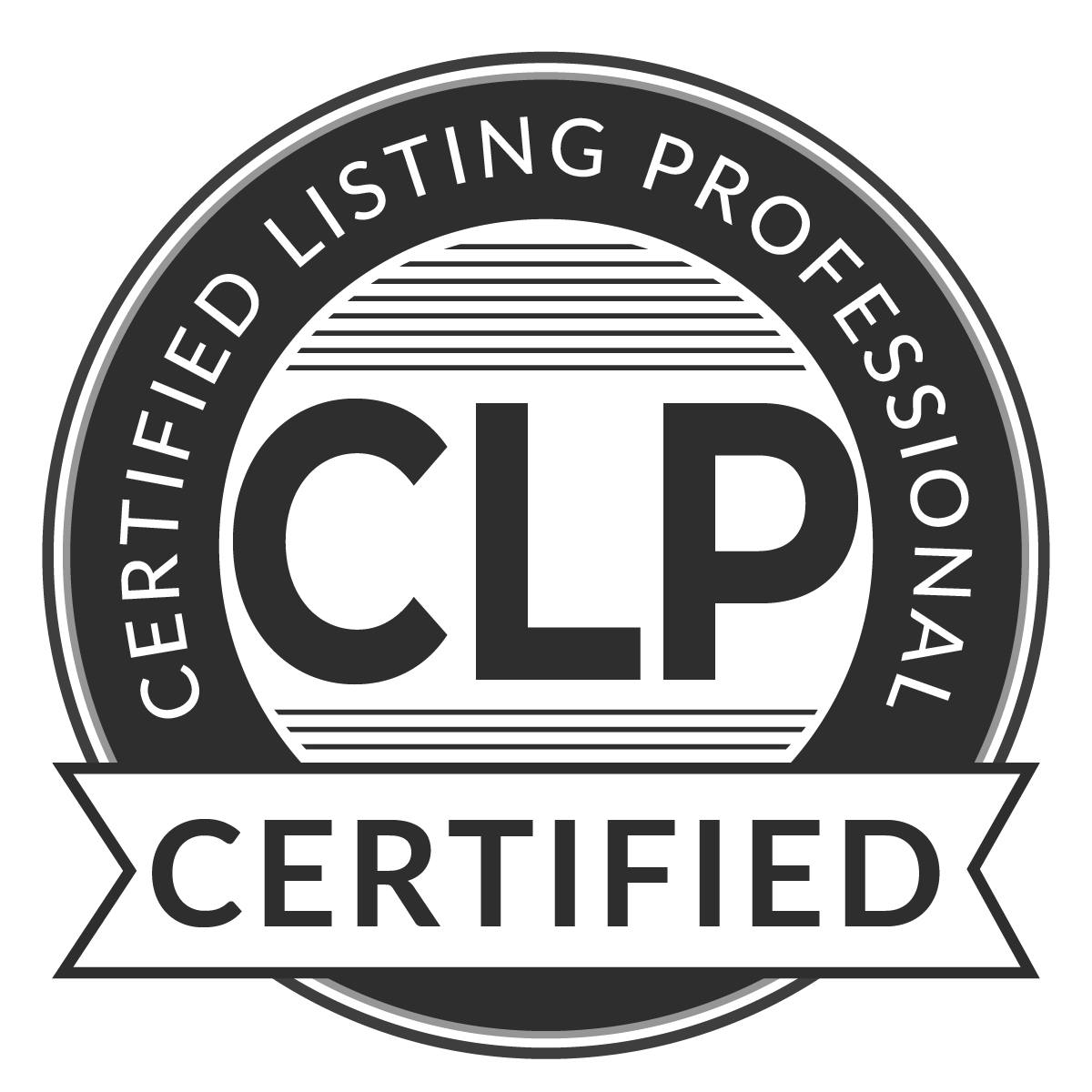Navigating the real estate market to find the ideal home that aligns with your budget can be a challenging endeavor. To streamline this process, creating a comprehensive checklist distinguishing between your home buying needs versus wants is paramount. This categorization of priorities will not only facilitate your search but also play a pivotal role in your overall home buying strategy.
Distinguishing Between Needs, Wants, and Must-Haves:
Must-Haves: Your must-have items are non-negotiable necessities that you cannot compromise on under any circumstances. These encompass fundamental elements like functioning plumbing, reliable electricity, and a heating/air-conditioning system. Furthermore, factors such as safety and accessibility also fall under this category. Ensuring a secure and safe living environment is unquestionably a must-have.
Needs: While needs are slightly more flexible than must-haves, they still represent elements crucial for your lifestyle and location preferences. These could include factors like proximity to work, adequate parking, access to quality schools, and similar considerations. Needs are high-priority items that significantly influence your home selection.
Wants: The wants category offers flexibility. These are elements you desire but are willing to compromise on if the property doesn’t fully align with your wishlist. For instance, while you may desire high ceilings and exposed brick, you might be content to forgo these aesthetic preferences if the property meets other essential criteria.
Key Questions to Ask Yourself Before Buying a Home:
- Remodeling Potential: If a prospective home doesn’t meet a specific need, consider whether remodeling is a viable option. Be sure to evaluate the feasibility of any renovations while adhering to building codes and assessing associated costs.
- Realistic Expectations: Understand that finding a home with everything on your wishlist is often unrealistic. Home buying involves trade-offs and compromises. Visiting open houses can help you better understand the available options within your budget.
- Long-Term Goals: Consider how long you plan to live in your new home. This can influence the size and type of property that best suits your needs, especially if you anticipate changes in your family size or lifestyle.
- Current Living Situation Analysis: Identify what you love and dislike about your current living situation, including aspects such as kitchen functionality, bedroom count, location, or storage. These insights are essential for shaping your home-buying checklist.
Home Buying Essentials:
Location: The commute to work and proximity to essential services should align with your priorities. Assess your preferences regarding school districts, neighborhood safety, and liveability.
Space: Determine the space requirements based on your family size and lifestyle. Consider factors like the number of bedrooms, bathrooms, storage options, and outdoor spaces.
Budget: Establish a realistic budget that accounts for your annual income, credit score, and down payment capacity. Stick to this budget as a fundamental decision point in your home search.
Home Buying Preferences:
Amenities: Distinguish between essential amenities like HVAC systems and garage space (usually falling under needs) and optional ones such as a hot tub, landscaping, or a pool (typically categorized as wants).
Aesthetics: Don’t dismiss a home solely based on aesthetics, as many cosmetic features can be changed or updated after purchase, including carpets, paint colors, flooring, and appliances.
In conclusion, it’s essential to manage your expectations and create a well-defined needs vs. wants checklist to streamline and optimize your home shopping experience. By doing so, you’ll increase your chances of finding a home that not only suits your requirements but also aligns with your budget.
Reach out to me and I would be happy to sit down and help you with a list that fits your needs. -Jason




 Facebook
Facebook
 X
X
 Pinterest
Pinterest
 Copy Link
Copy Link






